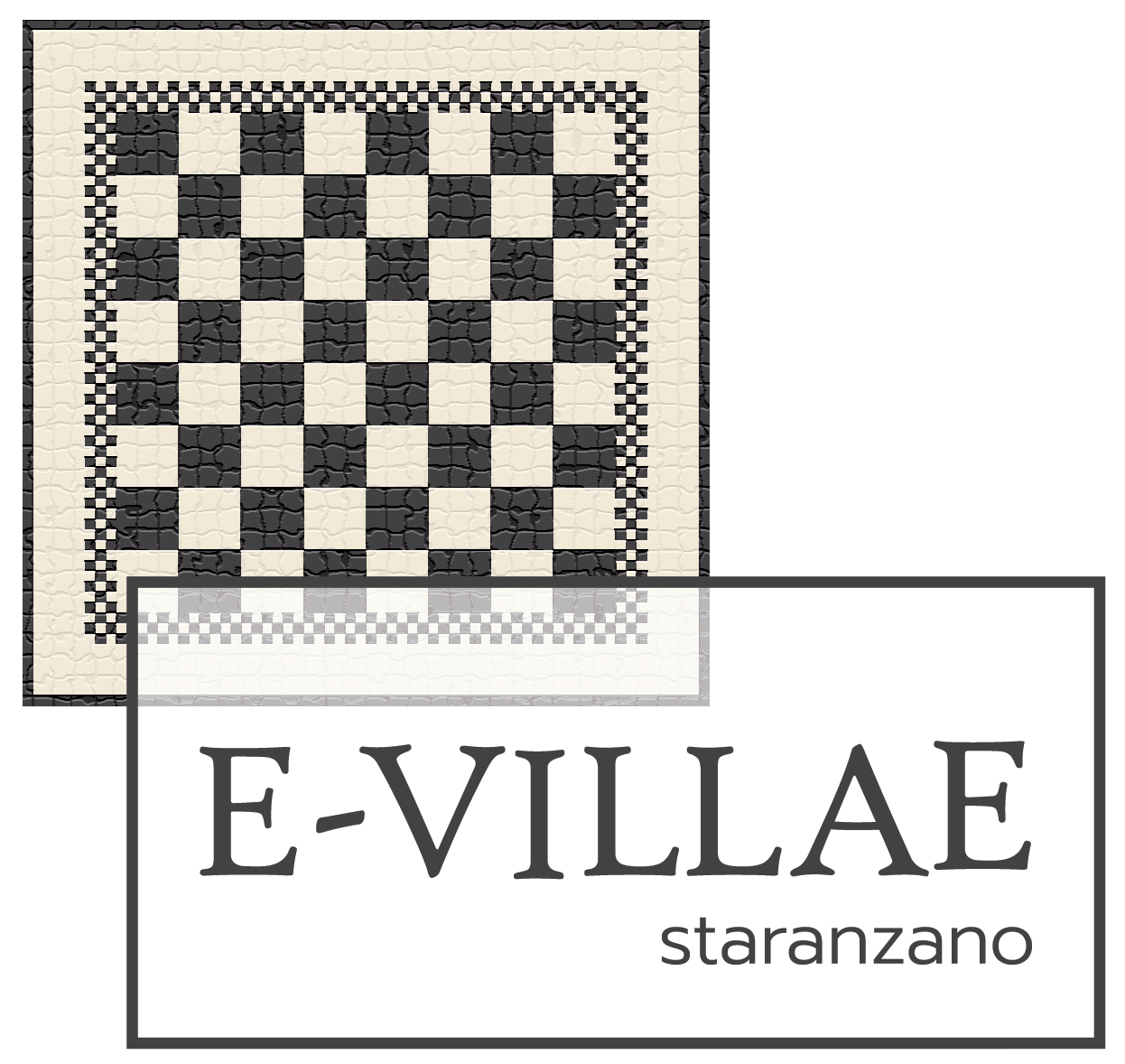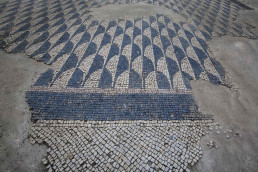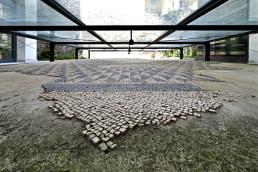Archaeological excavations conducted between 1992 and 1996 brought to light the remains of structures referable to a villa whose rooms developed between the first karst reliefs to the north and the sea. The residential part was characterized by rooms whose floors were decorated with refined mosaics with geometric motifs in black and white; the rooms, located around a courtyard, were probably arranged on terraces at different heights so as to articulate, even scenographically, the building.
In contrast, to the south was an area dedicated to productive activities, a very large basin measuring 20 x 15 meters, which, based on its structural features, has been interpreted as a private dock: there were possibly fish or shellfish breeding facilities here.
A corridor, believed to be a loggia due to the presence of limestone column bases, connected the residential part with the dock.
The villa was built in the second half of the 1st century B.C. and underwent renovation around the middle of the 1st century A.D., at which time the dock was built. The building complex was then permanently abandoned during the 2nd century AD.


